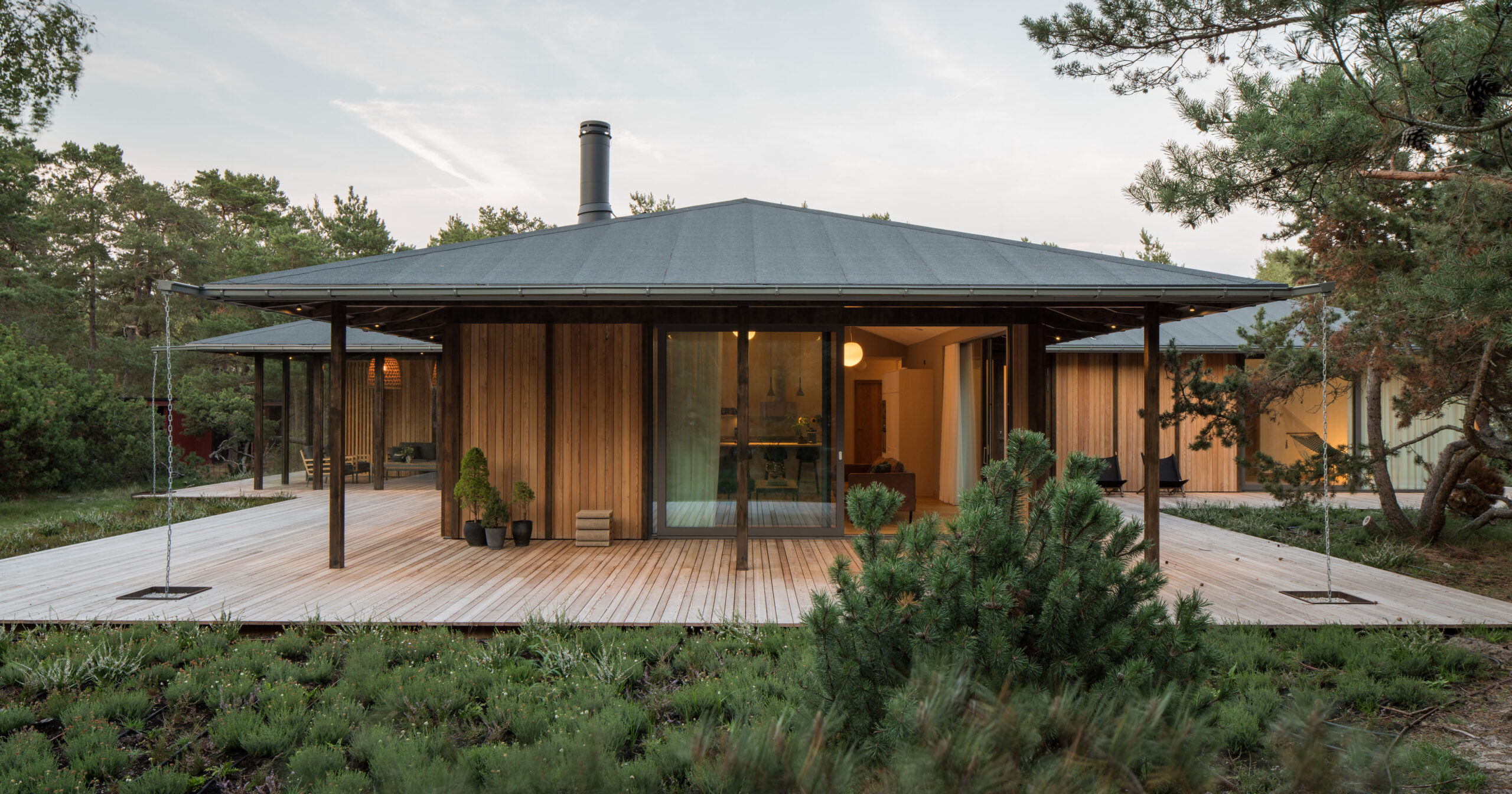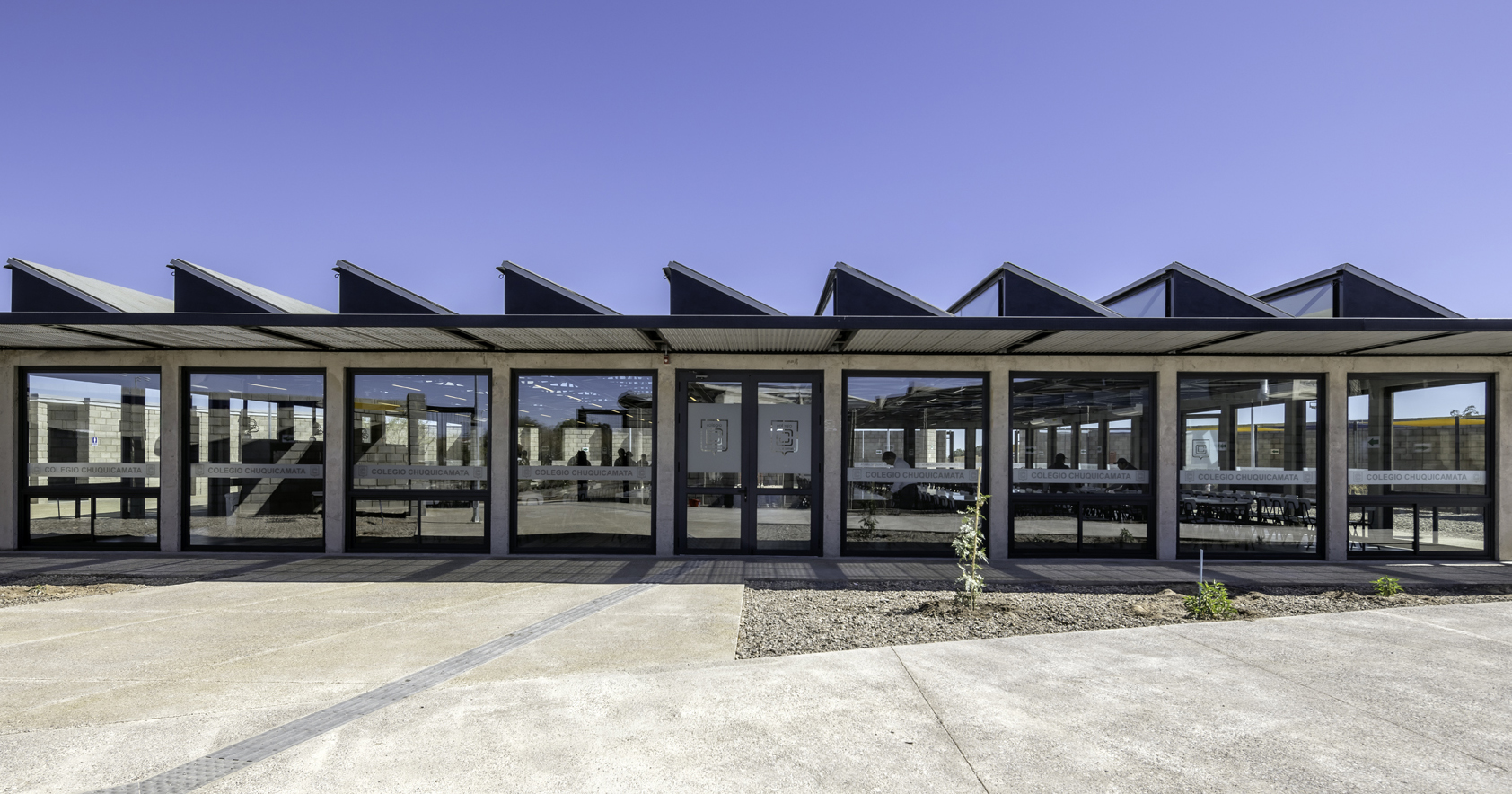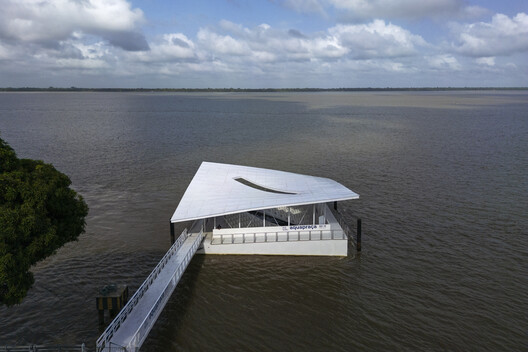Designing the Reuse Economy: How Architects Can Build Supply Chains, Not Just Buildings

 Casarão 28. Photo © Manuel Sá
Casarão 28. Photo © Manuel Sá
Across Europe and beyond, architects are confronting a turning point. As rising emissions targets collide with shrinking material supplies and the growing urgency of climate commitments, the built environment is being forced into a deeper reckoning with how it consumes, circulates, and discards resources. What was once considered waste is now revealing itself as a dormant architectural archive, an urban ecosystem of materials waiting to be reclaimed, revalued, or reimagined. Within this shift, architects are beginning to play a radically different role. Not only as designers of buildings, but also as orchestrators of the flows that sustain them.
This emerging mindset is reshaping the foundations of practice. Instead of depending on long, extractive supply chains, designers are beginning to build their own closed-loop networks, establishing material banks, negotiating deconstruction protocols, and participating in new forms of urban mining. The goal is not merely to reduce waste but to cultivate new economies of continuity, where components move fluidly from one life to the next. It is a quiet but profound cultural shift, signaling a future where architecture is measured not by what it consumes, but by what it can keep in circulation.





_003.JPG)

.jpg)











































